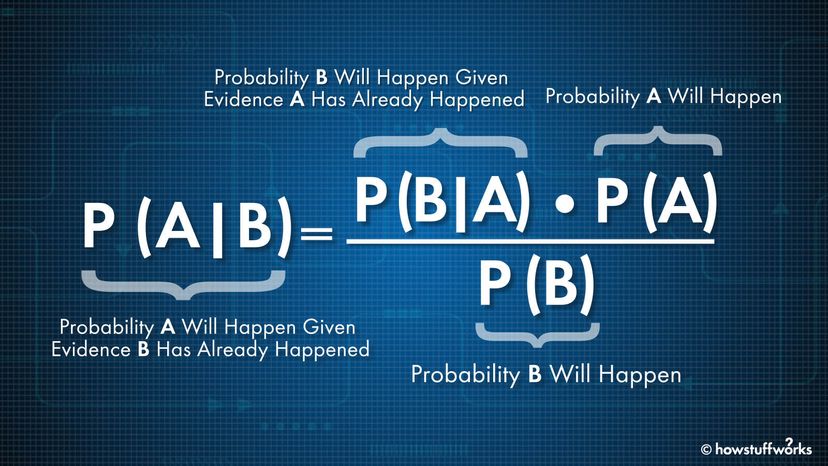
Thomas Bayes was a mathematician, a Presbyterian minister and a defender of Sir Isaac Newton. Today he's celebrated by statisticians all over the world because of a document released two years after his death.
Bayes died April 7, 1761. As stipulated in the Englishman's will, a friend and colleague named Richard Price was given his unpublished notes. These included a partial essay about a topic that's always weighing on our minds: probability.
Advertisement
Impressed and intrigued, Price had an edited version published in 1763 under the title, "An Essay Towards Solving a Problem in the Doctrine of Chances."
Here, the foundations were laid for what we now call Bayes' theorem (or "Bayes' rule"), one of the most well-worn tools in modern statistics.
Advertisement

